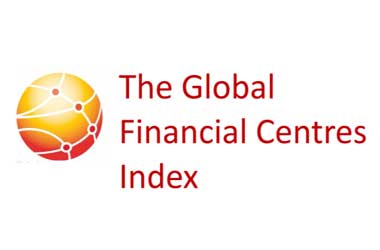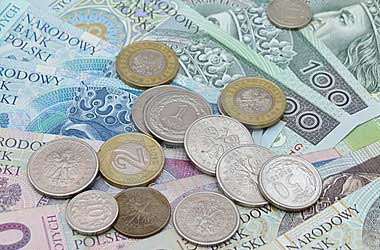 The US dollar reversed prior gains against its peers Friday, as anticipation for a rapid tightening of monetary policy by the Federal Reserve fell somewhat in the wake of the recent numbers on core consumer price increases, personal income and expenditure. The dollar index, which reached 97.44 during the European session, fell to 97.06 at midday before rebounding to 97.22. Thursday’s closing was 97.26.
The US dollar reversed prior gains against its peers Friday, as anticipation for a rapid tightening of monetary policy by the Federal Reserve fell somewhat in the wake of the recent numbers on core consumer price increases, personal income and expenditure. The dollar index, which reached 97.44 during the European session, fell to 97.06 at midday before rebounding to 97.22. Thursday’s closing was 97.26.
The dollar is marginally lower against the euro at $1.1150, having fallen to $1.1175 from $1.1122. According to a Commerce Department data issued on Friday, personal income in the United States climbed less than predicted in December. Personal income increased by 0.3% in December, after an upwardly amended 0.50% increase in November.
Economists had anticipated a 0.50% growth in personal income, up from the 0.40% increase first recorded for the earlier month. Personal disposable income, defined as personal income minus personal current taxes, also increased by 0.20% in December, after a 0.40% increase in November.
Taking inflation into account, disposable personal income, on the other hand, fell by 0.2% for the third consecutive month. Additionally, the study indicated that personal expenditure declined by 0.60% in December, after a 0.40% increase in November. The decline in expenditure was consistent with economist projections. Without adjusting for inflation, real personal expenditure fell by 1% in December, following a 0.20% decline the prior month.
“Even if each of the foremost three months of the first quarter records a rebound, which seems improbable given the impact of Omicron and the child tax credit expiration on expenses in January, the terrifyingly sluggish prior quarter implies that we foresee first-quarter actual consumption growth to be unaltered as a whole,” stated Paul Ashworth, Capital Economics’ Chief US Economist.
“When you include in a slower rate of inventories buildup, Q1 economic growth is now tracking at -0.5% annually,” he said. “Our assessment is that, notwithstanding the vigor of price and income inflationary pressure, it is regrettably poor growth in the economy that will impede the Fed from unleashing a full-fledged Ratemaggedon in 2022.”
Personal saving as a proportion of disposable income increased to 7.90% in December from 7.20% in November, as income increased and expenditure decreased. Nevertheless, a Federal Reserve-favored measure of inflation indicated that the annual rate of core consumer price increases increased to 4.90% in December from 4.7-% in November, the highest point since September 1983.
Separately, the Labor Department said that its employment cost index climbed by 1% in the fourth quarter, bringing the growth rate for last year to 4%. Consumer mood in the United States dropped far more than previously predicted in January, as per updated statistics published Friday by the University of Michigan.
Consumer confidence for January was lowered downward to 67.2 from a previous figure of 68.8 in the report. Economists had anticipated a more subdued negative revision to 68.7. The downward adjustment pushed the index further underneath to December’s final reading of 70.6, bringing it to its lowest level since November 2011, when it reached 93.7.
“While consumers’ principal worry is increasing inflation and declining real wages, they may mistake the Fed’s policy actions to slow the economy as portion of the issue instead of being a part of the solution,” said Richard Curtin, chief economist at Surveys of Consumers.
“The worry is that consumers may respond to these little nudges, particularly in light of the coronavirus uncertainty as well as other peak geopolitical threats,” he warned. Consumer expectations dipped to 64.1 in January from 68.3 in December, while the indicator of actual economic circumstances decreased to 72.0 from 74.2. Inflation predictions for the next year increased to 4.90% in January from 4.80% in December. Expectations for five-year inflation also increased to 3.10% from 2.9%.




